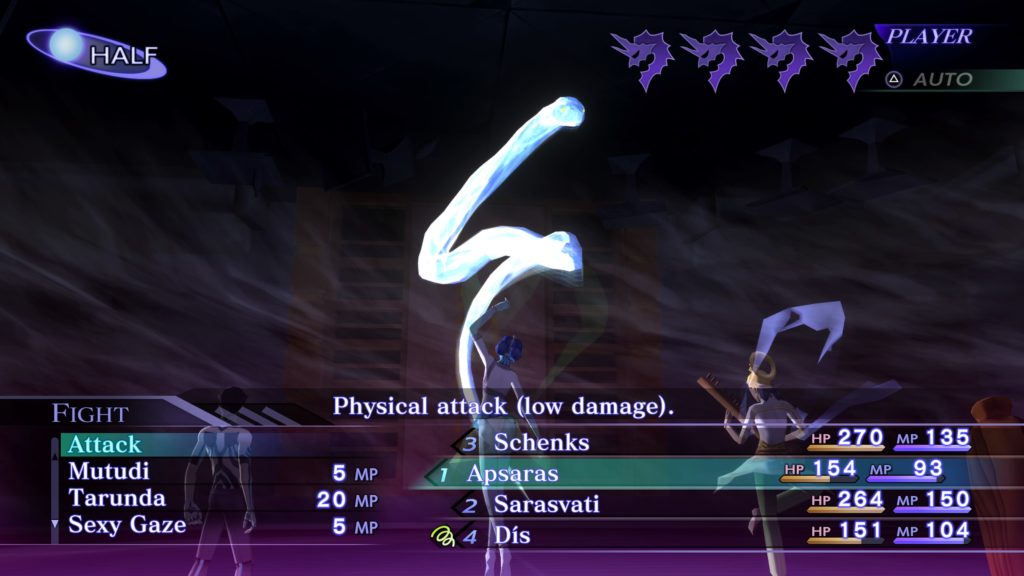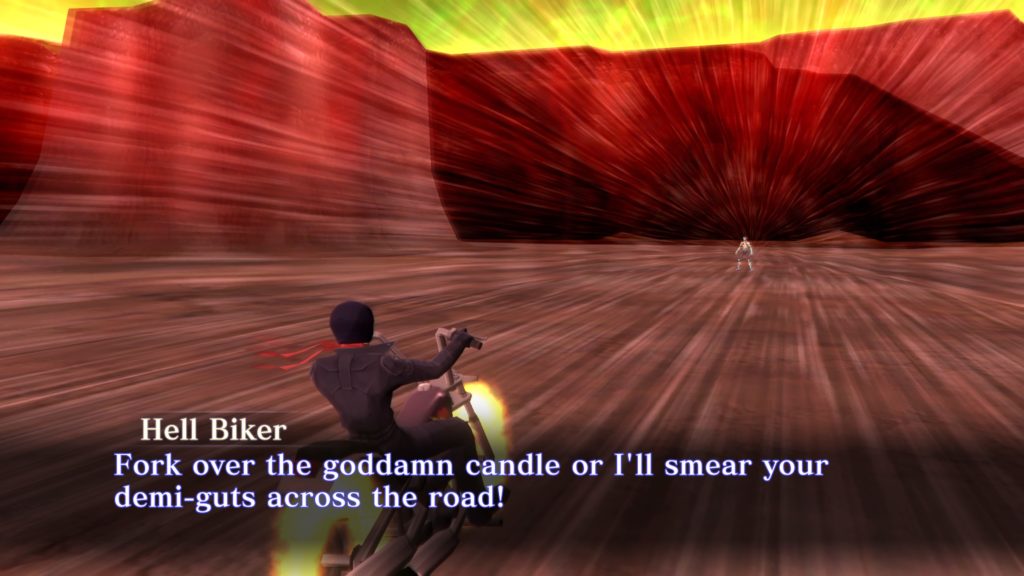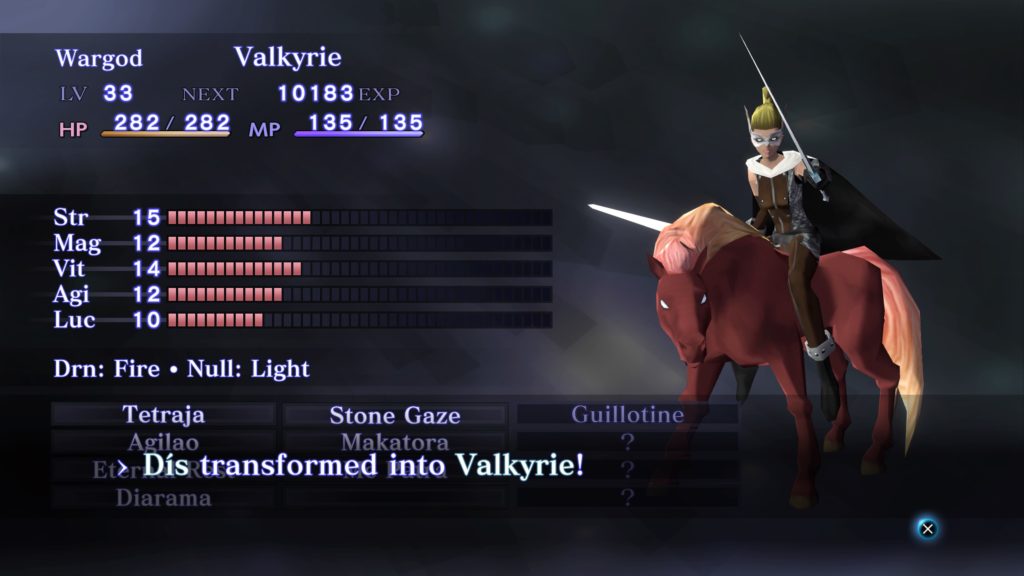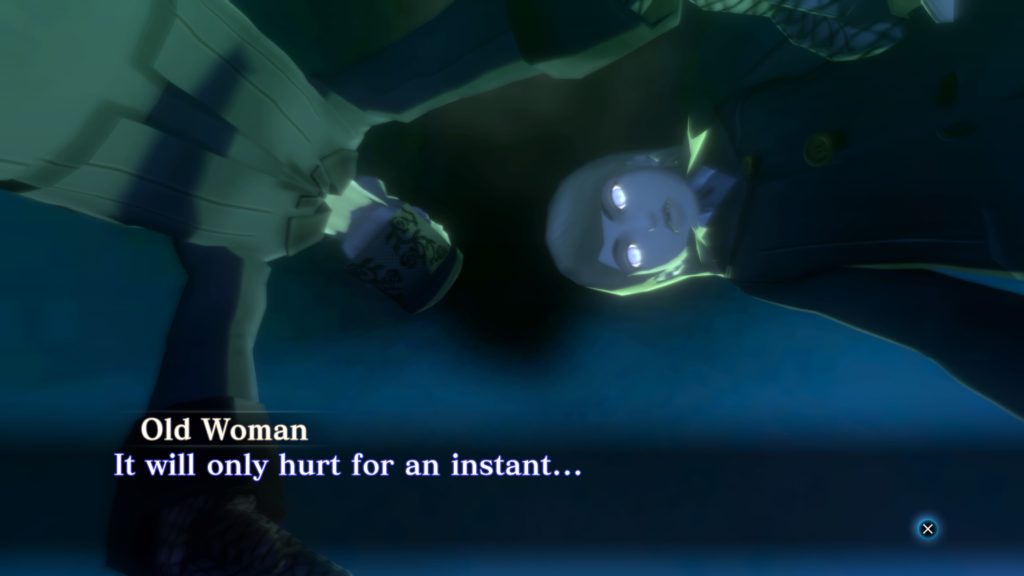- Genre: JRPG
- Platform: PS5
- Also Available On: PS4, Xbox Series, Windows
All I want to do right now is complain. I don’t want to talk about the great evolution of the SMT/Persona combat system. I don’t want to talk about the fantastic world design and writing. I don’t want to talk about the immaculate class system and the tons of variety you get with the class interactions. I don’t want to talk about how fucking incredibly cool the boss designs are being pulled from late 1400s paintings. I don’t want to talk about the fact that I managed to squeeze 60 hours out of this game. I just want to complain.
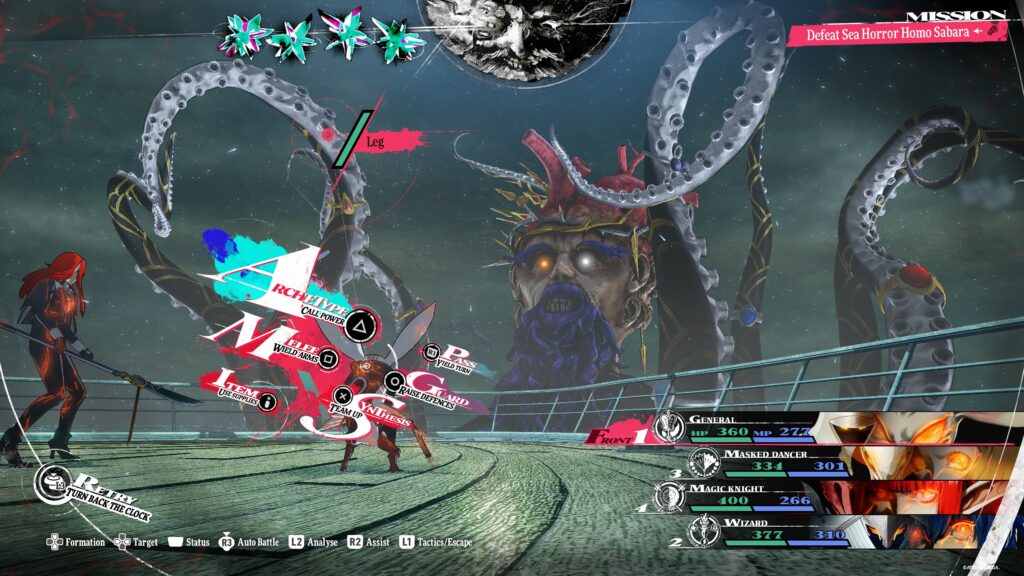
This is an Atlus game to its core, and that means a lot of things to me that I’d have hoped in the past 20+ years they would have started to improve on. The pattern for me with Atlus titles is always the same. I absolutely ADORE the first half of the game as combat finishes opening up and the game really settles into a pattern of diving into a dungeon and improving your party. I dig into the class designs and figure out party patterns that really fit my play style. The game then starts to add some dungeons that are just a little longer than it feels like they should be. It then starts throwing bosses at you that just….don’t have weaknesses, ruining the fun part of exploiting them during combat. It then throws dungeons at you that are egregiously long, making you fight the same 7 enemies for several hours. It then really pushes the power curve of enemies so you have to spend far more time grinding than you want to for very little reason other than what feels like game time padding. I then fight with not shelving the game, and just cranking it to the easiest difficulty to finish up the story.
That is my Persona path. That is my Shin Megami Tensei path. That is my Metaphor path.
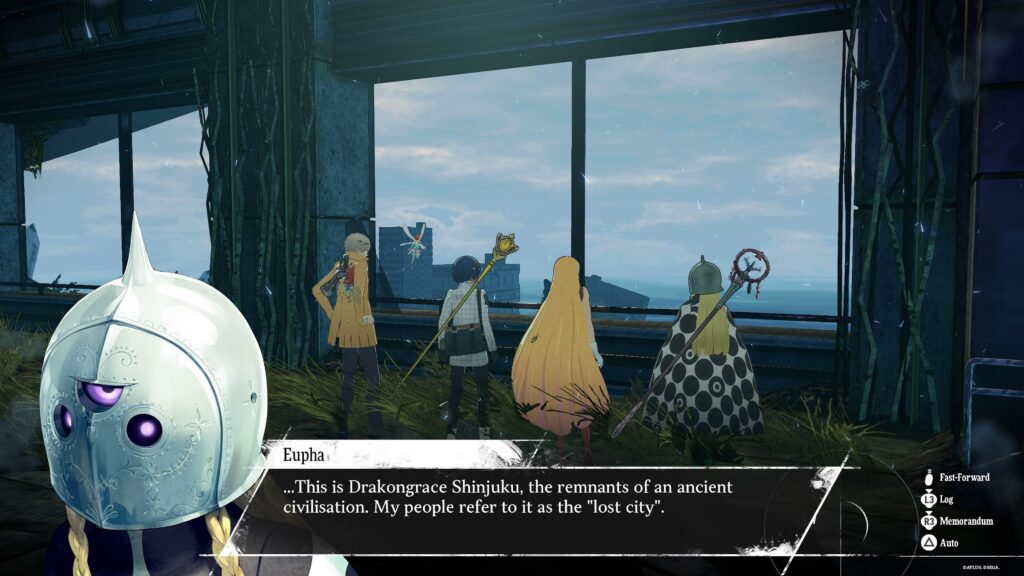
You know what isn’t fun? Long dungeons. And I mean that in the literal sense. A dungeon really has a pretty specific shelf life. You go in and enjoy it for a while because you’re fighting new enemies, figuring out their weaknesses, and tweaking your party to fit the pattern. You then enjoy it for a while longer because you feel powerful having cracked the dungeon, able to go through effectively one shotting anything that comes your way. You then start running low on mana because you’ve been at this pattern for a while, and frankly you’ve killed the same things so many times that now you just want to see something new. That lasts about 30-45 minutes on the high end. The first half of the game, that’s about the length of time that you’re probably spending in the dungeons and it’s ideal.
The second half? Dungeons start creeping into an hour, then an hour and a half, then two hours, then three hours. Eventually they’ve just become so long that I was dreading going into them. The gaps between safe rooms that you can warp back to on a return trip become so far apart that it feels like a slog, rather than a bit of a stretch to get just that little bit further. That is not a fun way to end a game.
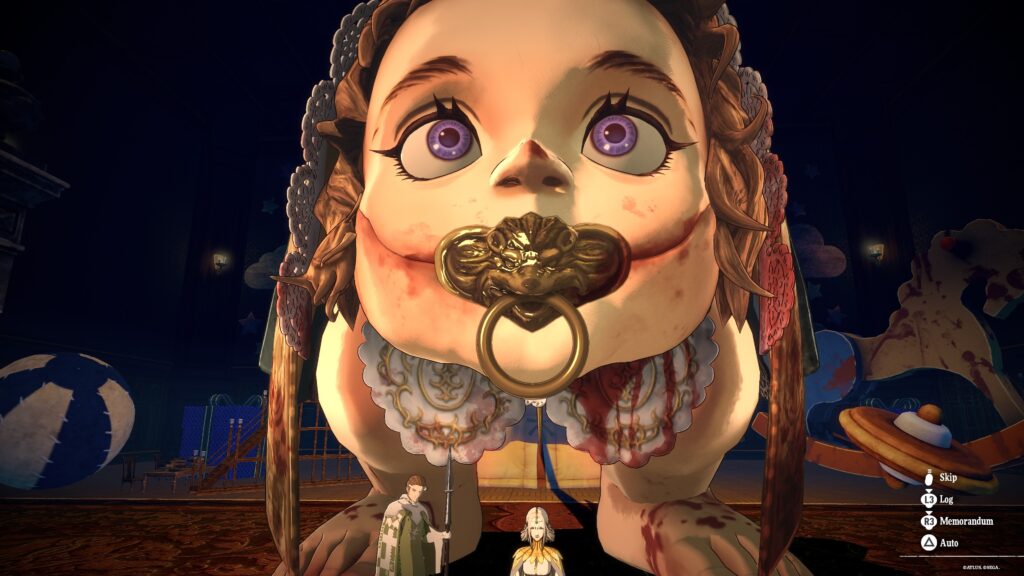
You know what isn’t fun? Bosses that simply have no weaknesses. The entire core of the Persona/SMT combat system that is present here is that you figure out weaknesses and exploit those weaknesses to get more turns and beat the enemies quicker. The entire power fantasy here is playing smart, making sure your party can counter most things, then hammering on it. For the first half of the game you can generally be sure that most bosses have at least a physical weakness and a magic weakness and things are fun.
As the game goes on, sometimes the bosses just reflect all magic which isn’t ideal if your play style is based on doing heavy magic burst. Sometimes they just have no weakness, which means the fight is simply a grind where you can’t really take advantage of anything. Then they start doing things where you’re chasing debuffs (wasting turns) while not being able to hit a weakness (not gaining extra turns) while also requiring specific focus fire mechanics so your party ends up being a bunch of Almighty magic dealers that can clear debuffs and at least most of them can heal, because at least THAT can’t be countered by anyone and gives you a safety net. It takes a fun combat system and distills it down to a really boring stripped set of mechanics – presumably because the big bad can’t have a weakness for story reason. It’s not a fun way to end the game.
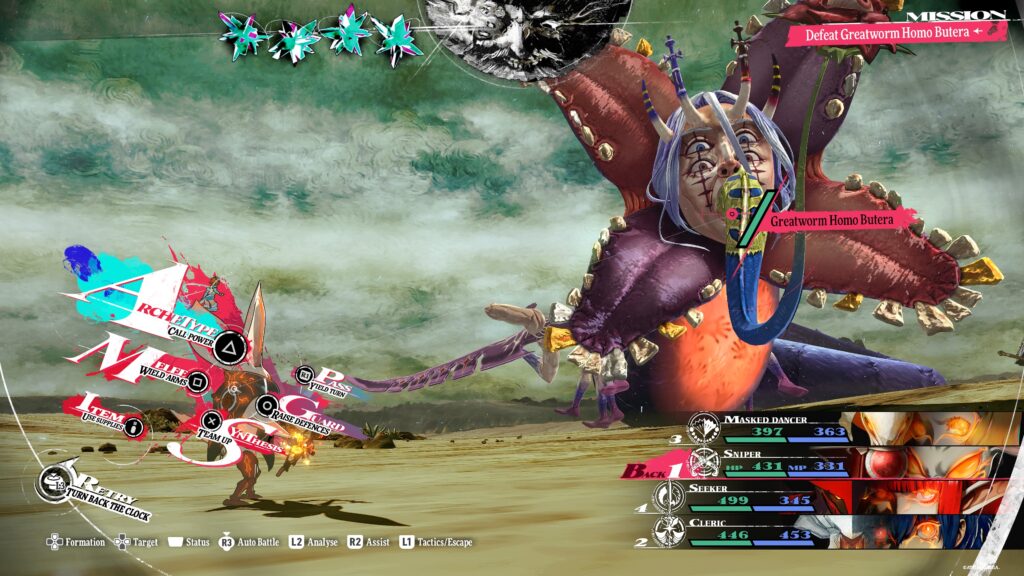
You know what isn’t fun? The final dungeon of the game having a 15 level separation between the starting enemies and the final boss. What that immediately says to me is “hey, we ran out of time to really smooth out the power curve and the big bad had a target, so grind away.” The first half of the dungeon had enemies so weak that they could be killed in the overworld, the second half of the dungeon had stuff that was still reasonably strong and good for XP, but still a good 8-10 levels below the final boss, then the boss had a huge unnecessary jump that if I was to grind to get closer to it in level would have had the ENTIRE dungeon as too weak to even fight. By this point I’d already dropped the difficulty because I just wanted to finish but if I was playing on a normal difficulty I’d have been pissed at having to claw over that difficulty spike.
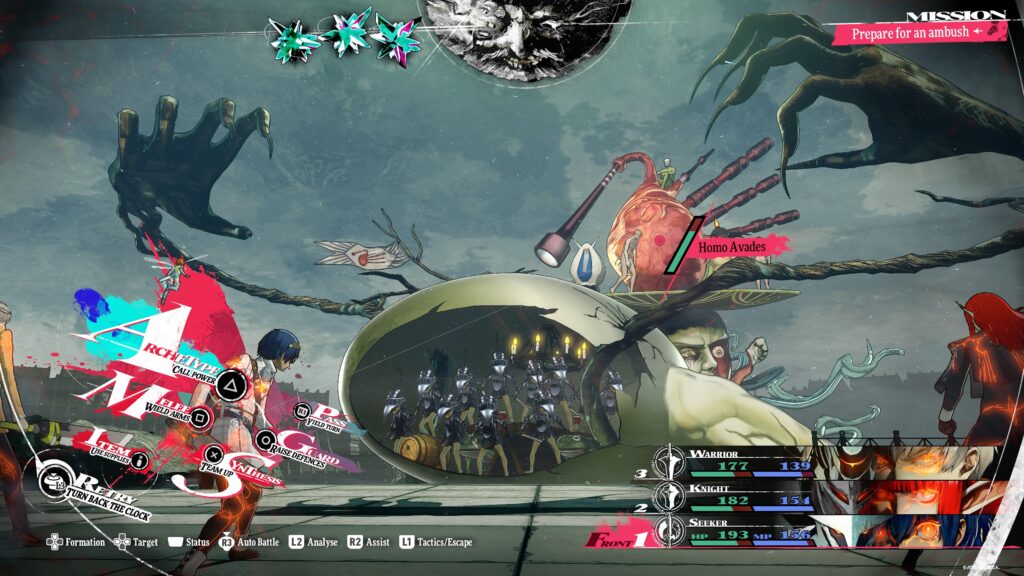
There’s some part of me that was thinking that a lot of my gripes simply came down to me getting older and less patient with games that take so long. With small kids in the house I just can’t really sit there and grind in JRPGs like I used to. I can’t really remember everything that I was doing the day or two or three days ago when I had to suddenly drop the game in the middle of a dungeon. I can’t really remember what I had intended my path through the game calendar to be when I had last picked it up. However, those things were not my problem with the game. My problems with the game are the same problems I had with Persona 4 when I was in college. They are the same problems I had when playing Shin Megami Tensei IV on the DS living alone in San Diego at my first videogame industry job. They are the same problems I had playing Persona 5 as an increasingly jaded game developer. They are the same problems I had when I shelved SMT 5 after my first kid was born when it was clear that it was just going to be about grinding.
I guess I just don’t understand why Atlus games are increasingly successful when they feel so hostile to the player. Maybe that is me growing out of touch with the general gaming public, but it’s a weird thing for me to look at from a developer perspective and not just go “you can smooth out these handful of things and have a much better game.” The SMT series and its offshoots just continue to feel like games that are literally small tweaks away from being great and despite it all their review scores just continue to improve. I just don’t feel like reviewers are actually completing the games and are instead stopping at the half way point where I still love the game.
But hey, maybe I am just that out of touch.


